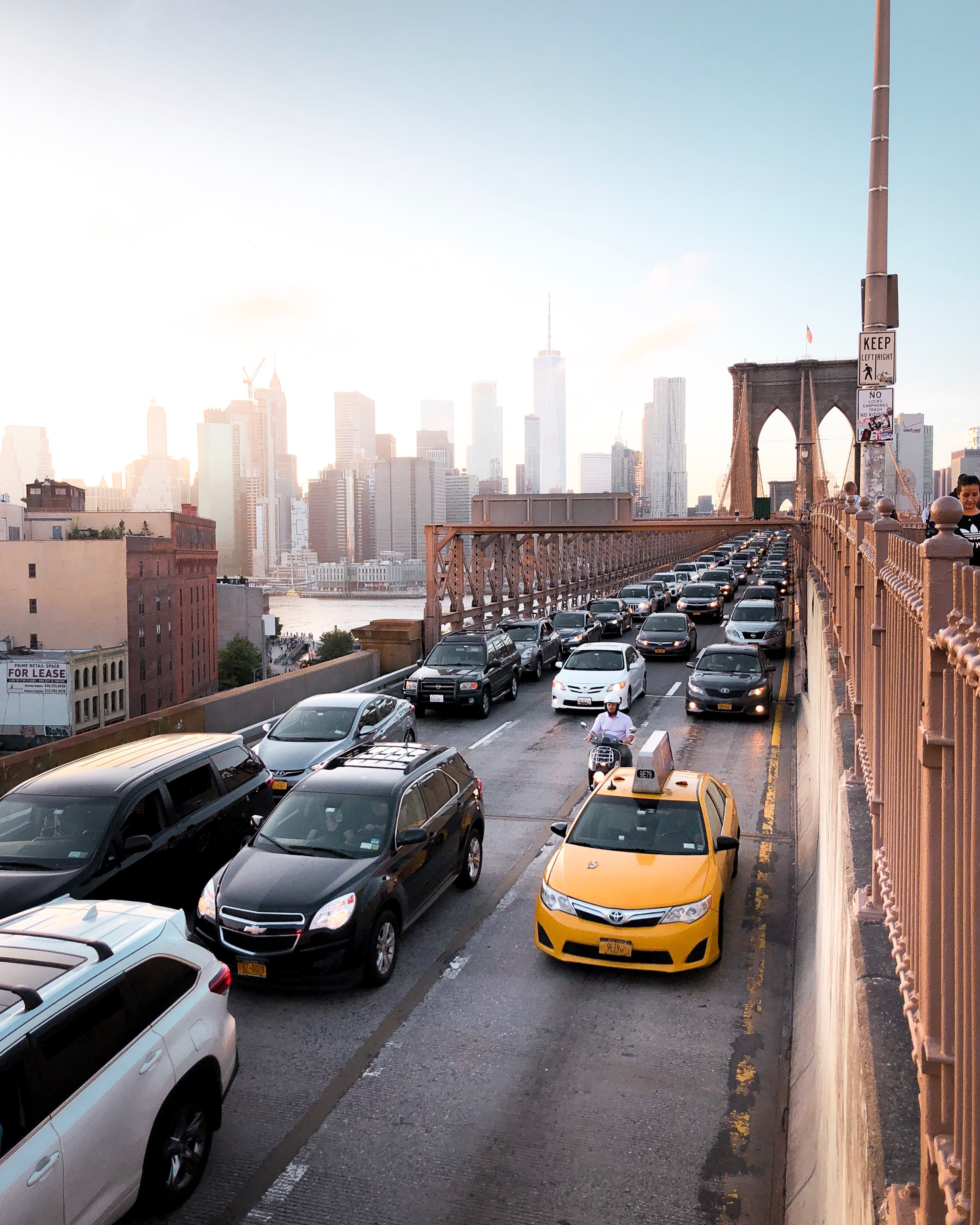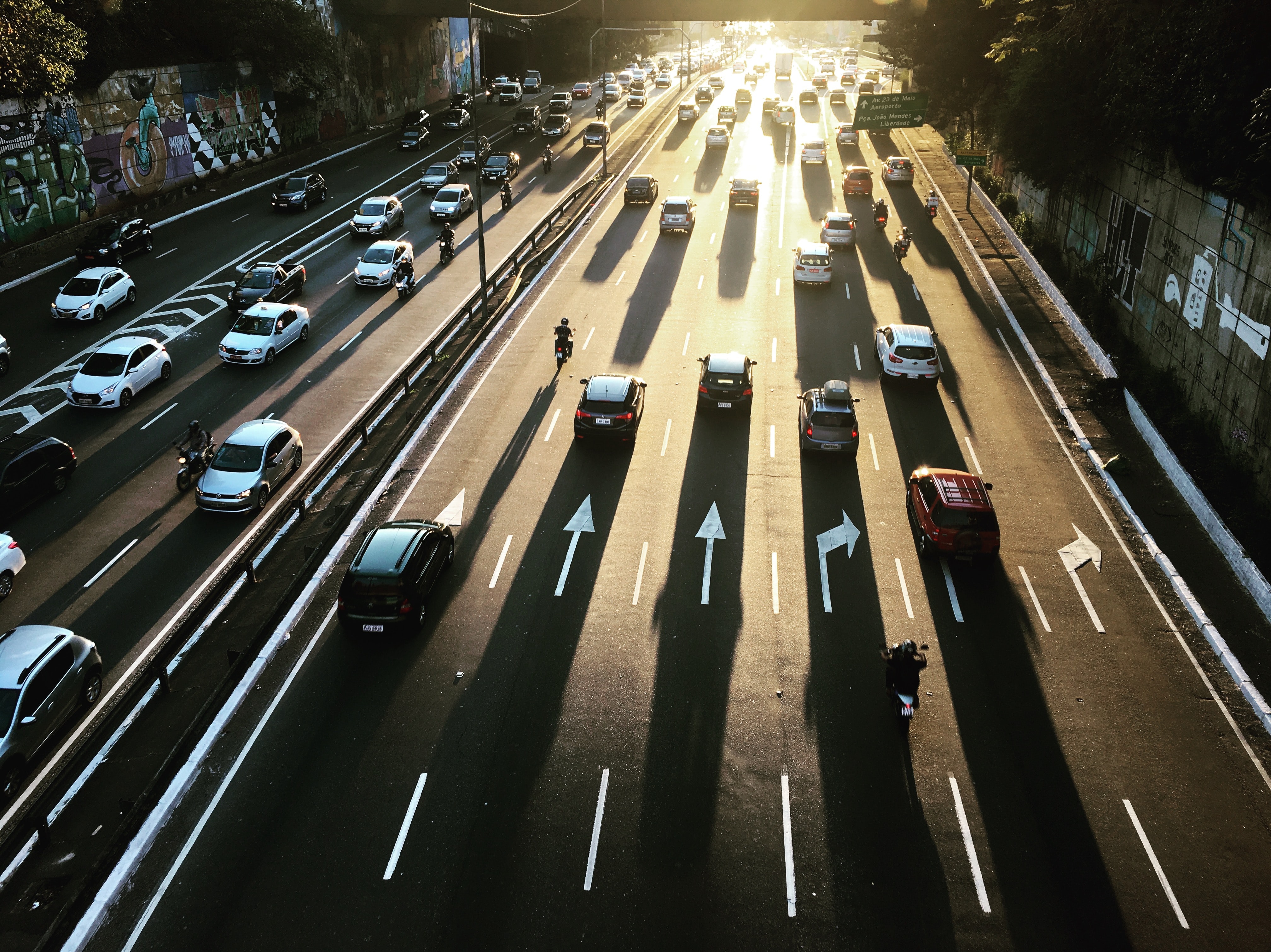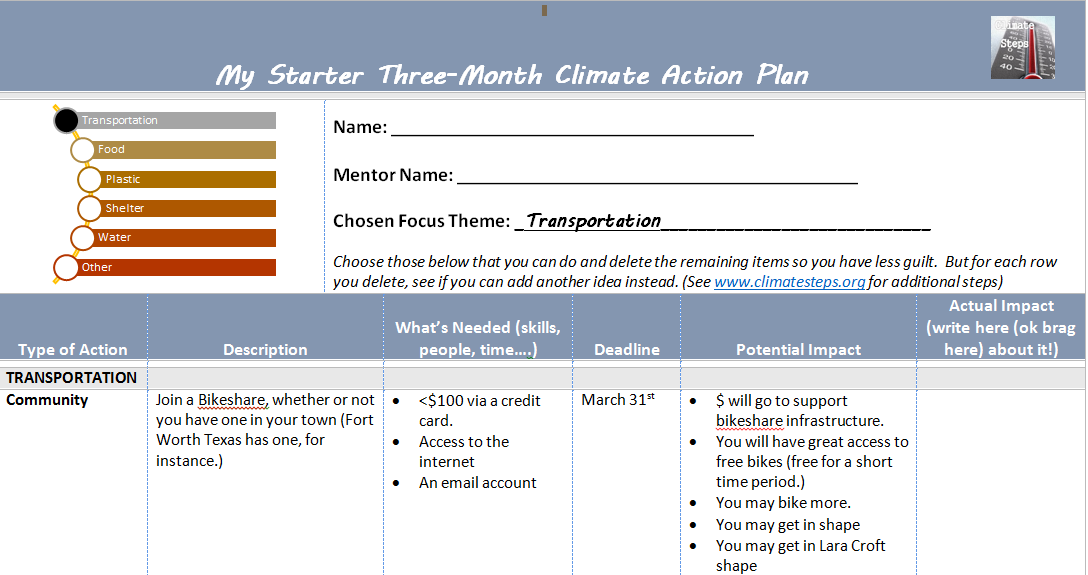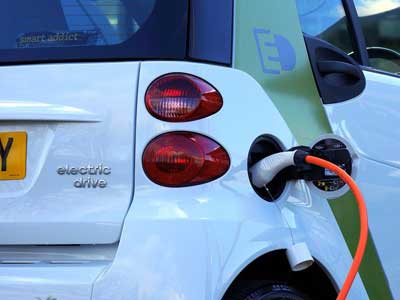Transportation
Transport and Travel
How mobile are we and how mobile do we need food and clothing to be? Billions live in cities away from farms – and we are scattered from our families and the outdoors. Considering this, how can we regular folks help transportation systems evolve to the lowest carbon levels possible, which right now equals trains, electric buses, and bikes. Let’s explore examples and ideas….
Climate Steps: Transportation
“Between 1990 and 2019, GHG emissions in the transportation sector increased more in absolute terms than any other sector.”
Transportation Articles
How to Create an Impactful Ripple Effect through Effective Communication
As the world continues to warm, we must take whatever steps we can to slow down and then stop that process. And although we as individuals can definitely take worthwhile steps, we can achieve greater success if more of us participate. Luckily, we can influence other...
Dear Earth
A thoughtful poem about accepting who we are and the changes to our lives as climate active-ists. Shared with permission from Dear Earth and Satya Robyn. By Satya Robyn Dear Earth, I am jealous of my brother. He is in America. I am here, grounded, several years into...
Free Public Transportation, the Time is Now!
….free transportation, …. [results in] money saved in hospital admittance due to asthma, in ambulance and police services, in paving and repaving, …..
Why We Must Stop Asking for New Roads
….people don’t behave like water molecules. Whenever a new road is opened, we change our behavior.
Starter-Kit Action Plans now Available
So brief note: I am creating the Climate Steps Climate Action Plan Central (whoop!), found on https://climatesteps.org/action-plans-resolutions/. First, the goal of an action plan is to help you write down specific steps you think you can feasibly take, steps that are...
Hello world!
Lorem ipsum In hac habitasse platea dictumst. Vivamus adipiscing fermentum quam volutpat aliquam. Integer et elit eget elit facilisis tristique.
Videos About Climate Change and Transportation
LEARN MORE
About Climate Change and Transportation
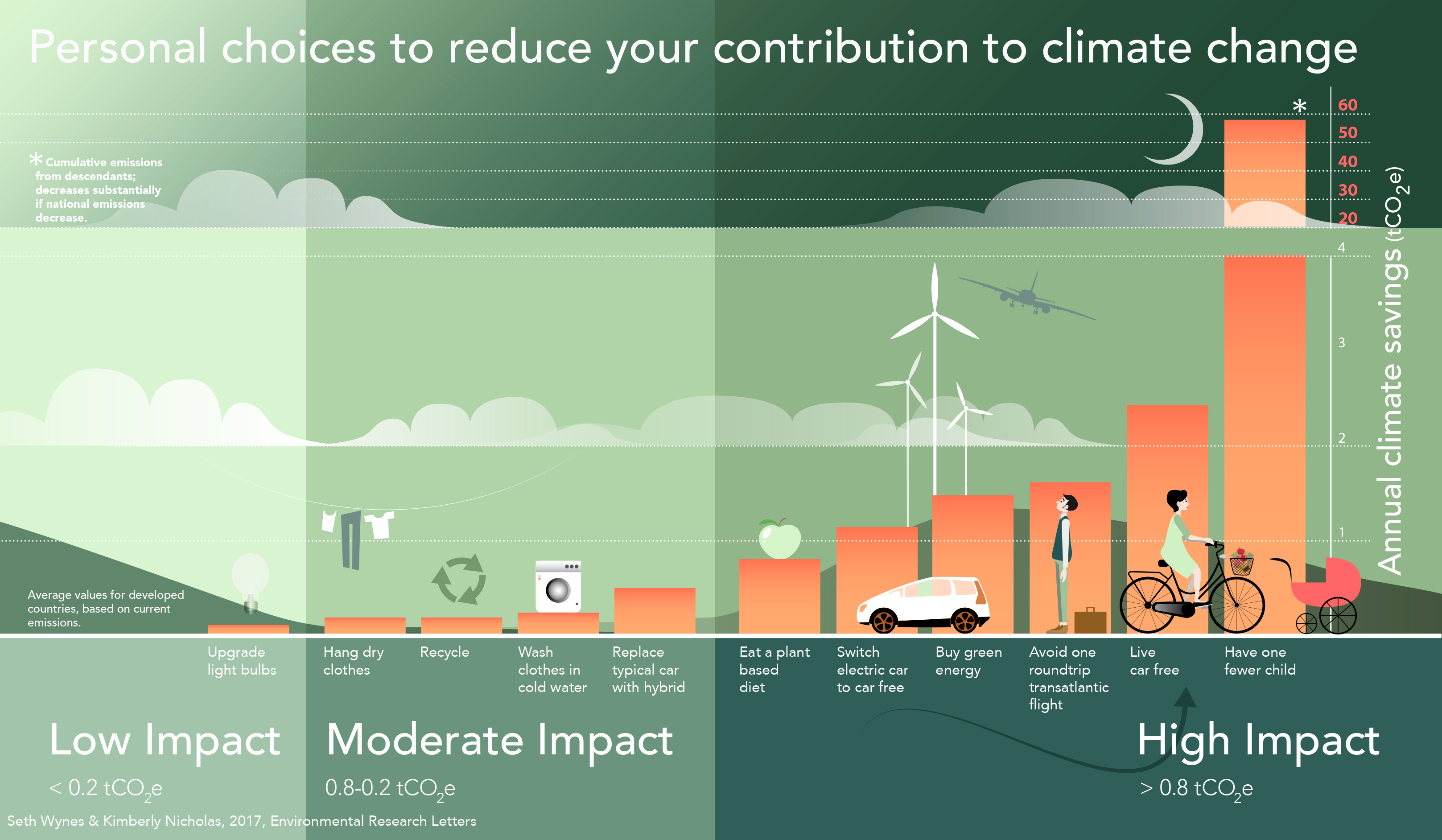
TRANSPORTATION
So first we talk about the various types of transportation, and how you can remove or minimize carbon output. It started based on content from a post I wrote about calculating the carbon for the type of trip you take, but then we keep filling in more with discussions within our FB Climate Steps discussions and other resources. These are in order of biggest carbon emissons impact per mile, so flying comes first. Expand each below to learn more!- Flying
- Driving
- Taxis, Lyft, Uber, etc.
- Public Transportation
- The Metro/Subway
- Mini Motorized Machines
- By SHIP!
- THE TRAIN!
- The Hyperloop
- Biking, Walking, and Other Human-Powered Transport
The Hyperloop
Well, we’ll see.So first we talk about the various types of transportation, and how you can remove or minimize carbon output. It started based on content from a post I wrote about calculating the carbon for the type of trip you take, but then we keep filling in more with discussions within our FB Climate Steps discussions and other resources.
These are in order of biggest carbon emissons impact per mile, so flying comes first. Expand each below to learn more!
Planes
During three legs of a flight from Wyoming to Kuwait, I kept looking around at the hundreds of people who were probably not thinking about climate change at all. And I saw the amazing amount of trash generated with each meal delivered, with each blanket, set of headphones, and magazines wrapped in plastic, and I was heartsick. Further, at that time, I had no idea how much carbon I was generating from an overseas flight. Later I found out that “one mile in the air produces 53 pounds of carbon dioxide [CO2}.” (blueskymodel.org/air-mile). Flying is one of the fastest rising portions of carbon dioxide output (2018 REF). A trip across the US produces two metric tons of C02. For individuals, it can be a huge proportion of their carbon output. (N. Geiling, Smithsonian Magazine, 2014.) I, unfortunately, found out that nine trips I had to take one semester (7 for work) completely outweighed 25 years of my being a vegetarian. A vegetarian for 25 years – where has that gotten the world? Further, as Peter Kalmus said in an 2016 article in ‘Yes’ magazine regarding planes also contributing to global warming, “[they] “emit mono-nitrogen oxides into the upper troposphere, form contrails, and seed cirrus clouds with aerosols from fuel combustion. These three effects enhance warming in the short term.”
What to do about it? Here are some ideas:
Fly far, far less! See other modes of transportation below.
Choose the most fuel efficient airlines: in the U.S. that includes Alaska, Frontier, and Spirit (have more economy seats), but not Virgin America. Overseas, Norwegian Airlines is half again as efficient as British airways. (via 2016 figures in https://www.treehugger.com/travel/how-make-air-travel-bit-less-damaging.html)
Sit in economy: “A 2009 study by World Bank calculated that first class seats have a carbon footprint up to 9 times bigger than their economy counterparts (via Geiling, Smithsonian)” See also: ….make-air-travel-bit-less-damaging.html; 2018 REF,
Fly during the day so that the contrails don’t trap heat at night. …make-air-travel-bit-less-damaging.html
Take a non-stop flight, as up to 50% of fuel use is takeoff and landing, make-air-travel-bit-less-damaging.html; REF.
“I started refusing drink service, and just drinking my nalgene water bottle to save trash, because those bags and bags of plastic make me so so sad.” Alanna via ClimateSteps on FB.
In other ways, pack light. Fewer pounds, less fuel.
Every flight – ask the attendants if the flight recycles.
Carbon offset – as a last resort. See the carbon offsetting page here.
Electric and solar airplanes are being explored. Consider investing to help move it along. Individuals make up 1/3 of investments. (pull in ref.)
More info:
Read this for more details. Good article: https://www.treehugger.com/travel/how-make-air-travel-bit-less-damaging.html;
And for a nice, overarching perspective, with a great, great graph, see: http://www.yesmagazine.org/issues/life-after-oil/how-far-can-we-get-without-flying-20160211.
Cars

Driving does generates much less C02 than flying, apparently. (The NativeEnergy carbon calculator shows .05 tons for driving from DC to Morgantown, West Virginia, whereas flying would have been 0.42 tons). For distances only three to five hours away, it would take the same time as flying, so as a result, driving is less costly overall.
However, overall – people drive a lot more than they fly, and with the current EPA rolling back fuel economy standards, things may be changing (Vox magazine, August 2018.) “Juanita Constible, a senior advocate for federal policy at the Natural Resources Defense Council. About 60 percent of carbon pollution from transportation comes from passenger vehicles, while airplanes account for only 9 percent, she said, adding that if we can replace older, fossil-fuel cars with cars using renewably generated, zero-carbon electricity, we will address a significant part of the climate challenge.” (Wash Post, 2018)
And there are other things to consider. First, think of all the toxins generated by building those lovely tar roads, and then think of all the greenhouse gases for building cars for every individual on the planet. I’m not sure the planet comes out ahead. Certainly the animals don’t: “In Ontario alone there are an estimated 14,000 wildlife-vehicle collisions a year – 5 to 10 per cent of all accidents.” (https://www.theglobeandmail.com/drive/culture/article-the-human-and-financial-toll-of-wildlife-vehicle-collisions/.)
So, climate (and wildlife-saving) steps:
Your car
- First, do you need to own one one? Can you do carpool or carshare instead (available in so many cities now?)
- Carpooling – Automatically cuts your carbon dioxide generation in half, if not by three-quarters if you share with more folks!
- Can you bike instead? (See the bike section below, but also: https://www.theguardian.com/environment/bike-blog/2017/jul/31/swapping-cars-for-bikes-not-diesel-for-electric-is-the-best-route-to-clean-air?CMP=share_btn_fb.)
- Think also of the greenhouse cost of building individual cars. Imagine the future 10 billion of us each having a car. More info to come.

Car Type
- Don’t buy an SUV! “As oil prices have declined, more people in the United States and Europe are buying larger S.U.V.s, pushing up transportation emissions further.” Instead, use this tool if you have to buy a new car: http://climatefriendlycars.climatecentral.org/results/?state=MD.
- Hybrids Score! Prices are going down for hybrids and electrics, (and currently gas prices are increasing (ref), … This article presents some good things to consider when buying, https://www.wired.com/brandlab/2017/03/5-things-know-going-hybrid-electric/, including that if you drive a lot, the extra cost of a hybrid will pay for itself in terms of gas savings (nevermind the CO2 savings!). Fyi, using a hybrid or EV are the #4 and #1 top ways , respectively, to ‘draw down’ greenhouse gases in terms of transport, as per https://www.drawdown.org/solutions/transport.
- Electric vehicles (EV). In eight years, supposedly fossil-fueled cars will be in the small minority. (Froelich, 2017; Ilsr.org podcast 2017), although adoption is slower in countries despite incentives (REF). But right now fossil fuels still rule. The latest figure I could find on the market for electrical vehicles (EV) is 2%. (Now 5%) But things are changing – I have a friend who just bought an electric car. (I have a hybrid.) There’ s a plug-in minivan out now (Chrysler Pacifica), and an compact SUV (Volvo XC60). VW, as a result of its stupid, selfish, and endangering behavior in cheating emissions tests, among its penalties, has to invest $2 billion in electric-car-charging infrastructure, as well as promote zero-emission vehicles (ZEVs; Holmes, 2018).
But it isn’t a simple answer yet – and strongly depends on where you live:
- First, an EV is a more expensive car than a hybrid (but check out leasing), but prices are coming down (Ilsr.org podcast 2017), you can save money if you charge it during non-peak hours, the batteries are lasting longer, manufacturing it requires fewer emissions, and you need fewer tuneups, repairs, etc. No mufflers are needed and no trips to the gas stations! Also, the range is extending, from 25 miles battery only – to 238 miles (Ilsr.org podcast 2017; Froelich, 2017; https://blog.ucsusa.org/dave-reichmuth/new-numbers-are-in-and-evs-are-cleaner-than-ever; Holmes, 2018).
- A good summary of the infrastructure needed for EV charging is in the (Ilsr.org podcast 2017), regarding public/roadways, but chargers are also needed at the office.
- The type of charger can depend on the type of EV (e.g., high-voltage.)
- “the average EV in the US now produces emissions equivalent to a hypothetical gasoline car achieving 73 MPG.” (https://blog.ucsusa.org/dave-reichmuth/new-numbers-are-in-and-evs-are-cleaner-than-ever.)
-
- Since the above was written, car companies have made the commitments to EVs, as summarized below by John Bales, from Forbes magazine: (https://www.forbes.com/wheels/news/automaker-ev-plans/?fbclid=IwAR1IRE8INcqBkbAmg_pqdLIMkfzlpmleAeimCfiLzgscnzPOP-7HgGDEX2E
- Lucid already 100% EV
- Pininfarina already 100% EV
- Rivian already 100% EV
- Smart already 100% EV
- Tesla already 100% EV
- Xpeng already 100% EV
- Audi all electric by 2026
- BAIC: no conventional ICE by 2025
- Bentley: at least PHEV by 2026, all electric by 2030
- BMW 50% electric by 2030
- Changan: 100% electric by 2025
- Daimler: 130 EVs / hybrid models by 2022
- Ferrari 100% EV by 2035
- Fiat: all electric 2025-30
- Ford all electric in Europe by 2026, 30% electric 2030, 100% by 2035
- Genesis 100% NEV by 2040
- GM all electric by 2035
- Honda: hybrid/EV by 2025, all electric by 2040
- Hyundai: 23 electric cars by 2025, 100% NEV by 2040
- Jaguar all electric by 2025
- Kia: 7 electric cars by 2025, 100% NEV by 2040
- Lamborghini at least all hybrid by 2024
- Land Rover: all electric in Europe 2030, globally 2036
- Lotus: 100% electric by 2028
- Mercedes: 100% electric by 2030
- Mini all electric by 2030
- Nissan: 8 EVs by 2023
- Opel: 100% electric in Europe by 2028
- Peugeot 100% EV by 2023
- Porsche 80% electric by 2030
- Toyota: at least hybrid by 2030, no petrol only by 2040
- Vauxhall 100% EV by 2025
- Volkswagen all electric by 2025
- Volvo Cars: minimum hybrid by 2021, 50% electric by 2025, all electric by 2030
For far more of a breakout in costs and benefits of EVs, and trends, see our Page: Electric Vehicles – a Running List of Talking Points For and even Against.
Recommended References
4. Solar Future! See: https://futurism.com/fully-solar-powered-car-hitting-road-2019/. The Toyota Prius 2010 does have an option to have solar panels on top, but it adds only 4 mpg to the range, according to the article above, which does help. Similarly for the Nissan Leaf, the Chevy Volt, the Audi A8, and the Mazda 929; they run mostly auxiliary functions. More info is available on solar cars in general at: https://evobsession.com/solar-cars-101-guide-basics-solar-powered-vehicles/. And more vehicles are coming, one in late 2019 that uses solar panels, but also moss as an air filter. bizarre. https://www.facebook.com/NowThisFuture/videos/2270106716363829/.
5. Overall. For these eco-friendly cars, the federal government still (yay) provides incentives, and many, many states do as well (including access to the carpool lane.) https://www.wired.com/brandlab/2017/03/5-things-know-going-hybrid-electric/.
Other ways to minimize carbon with cars
-
-
- Permeable-Paver driveways! https://www.thisoldhouse.com/how-to/how-to-install-permeable-paver-driveway. (Thanks Julia)
- Plant trees that will shade roads and parking lots.
- Your RV! Believe it or not, you can go solar! – http://www.greenmatters.com/living/2017/08/31/ZHQvPu/solar-rv. However, our group decide that still problematic: Still cars needing steel and glass, vulnerable to road damage, vandalism. (Hugh, Tom and Roger.)
- Rental cars – Ask for green, fuel efficient cars every time verbally (not just in the form). Car rental people will be shocked, and repeated requests may actually generate results. Specifically use the words green, hybrid, or EV.
- How to drive, now that’s a question. Definitely speeding is not good for the environment, nor zipping in and out of traffic, but using a GPS system makes it easy to avoid fuel-burning traffic. Here’s a great summary on how to save gas by the way you drive: https://deepblue.lib.umich.edu/handle/2027.42/86074.; more tips are here: https://www.momscleanairforce.org/clean-cars-guide/.
- Nifty gadgets coming that will help. There is, for instance, a gadget that captures soot from an exhaust now and turns it to ink. http://www.graviky.com/kaalink.html; https://www.youtube.com/watch?v=_nPL42zVc0o.
- And using it as a message board. Besides bumper stickers, think about using your license plate to send a message. This will send a message not only to drivers, but to the people who process the paperwork for your plate, and the people who make the plates. Try it.
-

Taxis, Lyfts, Ubers, Etc.
The idea behind Lyfts and Ubers, not so much taxis, was to be car shares, or dial-a-rides/demand responsive transit. People would buy fewer cars, there’d be less traffic congestion.
- Lyfts and Ubers may have started off this way, but now many times they are just taxi services, sitting and idling, or driving around – increasing traffic overall (2017), often while waiting for one individual customer, and not picking up as many as buses (https://www.theatlantic.com/technology/archive/2018/10/bus-best-public-transit-cities/574399/). People also prefer to take instead of public transportation (REF). There is benefit for specialized services, such as for disabled folks, but too much can lead to less money for buses (REF). The best climate step is to avoid taxis/lyfts/ubers or only choose the share ride option. Other articles:
- One night in a moment of weakness I took a taxi home from the airport instead of the metro (I am lucky I have the choice.) While driving home, the taxi driver told me he had been waiting in line (meaning idling!) for one a half hours. He also talked non-stop. Metro, metro, metro.
Public Transportation
Speaking of… how much impact does commuting via public transportation have in terms of carbon? Mass transit is the #2 way to ‘draw down’ greenhouse gases in terms of transportation, as per https://www.drawdown.org/solutions/transport, via the Drawdown scenario model.
- School buses. Many cities are finding out that the first step is to electrify their large fleet of school buses (two times buses and rail combined), also in large part to protect the kids from fumes they are exposed to daily (a statement from Tamara Dzubay, a clean energy specialist in Chicago, in Holmes, 2018). They are expensive: $230,000 (including charging system) to $109,000 for diesel, but it will save health money in the long run, never mind climate change. Supporting your local city in this action is a great climate step.
- Public Transport Buses – LA is adding their first electric buses! (https://www.smartcitiesdive.com/news/electric-double-decker-buses-los-angeles-foothill-transit/527464/), as is Columbus, OH: https://www.smartcitiesdive.com/news/columbus-oh-electric-buses/526823/. Jarrett Walker, writing for the Atlantic, notes that buses are still the best compared to ride-shares (see above) and mini-motorized machines (see below) in terms of picking up the most passengers, and costs (based on driver salary)
- Chicago has been using some electric buses for two years. Two great quotes from this article: https://www.yaleclimateconnections.org/2016/12/chicago-sees-benefits-of-electric-buses/:
“Over the life span of each bus, Chicago expects to save $300,000 on fuel.”
“Switching to an electric bus is like taking 23 cars off the road.”
So Chicago will be buying some more buses in the near future, as will Austin and Houston, TX, and others, who are and will be saving taxpayer money (Ilsr.org podcast 2017). And as Walker, 2018 says: “a city’s bus serive is as good as its leaders and voters want it to be.” So vote bus.

“Even at current prices, electric buses become cheaper than diesel 12 years into their 16-year life span.” Humes, 2018.
The Metro/Subway
Content coming soon.
Mini Motorized Machines
Just posted a blog about this – running down the costs and benefits! Check out: https://climatesteps.org/2018/08/31/mini-motorized-machines/.

Also now Shell just sent out this video of some new types of electric mini-vehicles, in addition to those shown: Check it out: https://dms.licdn.com/playback/C5105AQFzZkOvJPp5DQ/f8d40f9170c74a53877b3d2160287dd8/feedshare-mp4_3300/1488578169071-zmy00q?e=1557597600&v=beta&t=MOHJPivjpvXWSuO_9vUROLeQxYpQLzSgepSq5onwUkM.

And I just found this site which has scooters for the more fragile of us (I’m somewhat disabled) and especially for the elderly, who also want to go green, and frankly probably want to drive less too within their neighborhood. https://www.priestmangoode.com/project/scooter-for-life/.

Finally, check this out – shades of “WALL-E” (a movie: https://en.wikipedia.org/wiki/WALL-E). https://www.dezeen.com/2020/01/15/segway-s-pod-armchair-vehicle/.
Ships
Believe or not, cruise ships can make less of an impact than flying. Try it out in the various carbon calculators. However, ship efficiency per passenger should be taken into effect. Larger cruise ships actually has 1/2 the footprint of a smaller tourist boat. This isn’t always evident from the climate calculator. https://climateone.org/audio/mindful-travel-age-climate-change.
There’s another means though, that is the most adventurous way to travel, definitely. Finding a spot on a cargo ship. See this woman’s post about travel back to Europe from America. https://www.wired.com/story/the-ultimate-carbon-saving-tip-travel-by-cargo-ship?mbid=social_fb
“Cargo ships do emit a lot of greenhouse gases, but it works out to a lot less per ton [than flying].” Adding a person hardly makes a dent in the equation.
Trains
After walking, which is admittedly for short-distances only, this is by far the winner in terms of
- Fun – https://adventuresacrosstheyears.wordpress.com/2016/12/20/train-to-texas-a-timescape/)
- Roominess – oh the leg room! and plus you can get up and walk around to the lounge cars, viewing cars, dining cars – and hopefully one day soon in the U.S. – gym cars.
- Noise level. They are generally quite quiet (and kids running up and down the aisle get lectures.) I sleep well on trains, and better yet, I write well on trains.
- No bag security check!
- Often, there is free wi-fi. In my eight long-distance train trips so far, half had free wi-fi.
- Tourist views (Oh and people-watching). There are Big windows from which you watch the world go by in a comfy reclining chair (with footrest.) And great sights: Train adventure.

- Carbon tons from ‘train-ing’ halfway across the US: 0.02. Carbon tons flying back: 0.53. (NativeEnergy.com and …) See Train-ing Ourselves for more info.
- FYI – solar trains are here! There’s a partly solar train in India, but now there’s a fully solar train in Australia: https://www.facebook.com/interestingengineeringvideos/videos/2123080081248377/
It is a loser, though, in a couple ways.
- There is no bag check, so security is a little lower.
- Travel Time:
- Flight to New Orleans from DC, about 6 hours including time in airport and on flight. Not including delays, of course.
- Train to New Orleans from DC, about 28 hours including time in train station.
However, the last one is changing rapidly (pun intended). Many European trains now take less time to get from point A to B than flying: https://www.bloomberg.com/news/articles/2018-01-09/high-speed-rail-now-rivals-flying-on-key-global-routes.
By the way, I just took a sleeper car for the first time – that is nice if you have the money (and if you do, this money would help support Amtrak, where it is needed.) Here’s a brief summary with pictures of what a sleeper berth looks like: https://adventuresacrosstheyears.wordpress.com/2018/10/28/sleeper-car-on-the-train/.
Biking, Walking, and Other Human-Powered Transport
Well – of course this one is the least carbon-producing transport system of all (we as humans do still produce greenhouse gases, put we would be anyway if we were traveling on a plane.)
This one applies for commuting and recreation mostly. Although, if you need to travel a short distance from one city to another, it may be useful. Just leave plenty of time for the later. The 6-hour flight or 28-hour train from DC to New Orleans becomes 102 hours biking according to Google maps, which is based on an algorithm that does not including stopping for hotels, meals, and muscle cramps.
But the shorter the distance, the better (best) these human-powered options become. They are comparatively zero carbon, inexpensive for the commuter, needs less infrastructure, healthier for all, and happiest. Happiest? Besides being in the great urban outdoors, walking and biking commutes are the most predictable of commutes, thus lessening stress. Walking to work in Arlington, VA, provides 91% commute satisfaction (biking 81%), while the train/driving provides 37-41% commute satisfaction https://mobilitylab.org/2018/01/24/arlington-residents-bike-walk-work-predictable-happy-healthy-journeys/. If only the metro was a reliable as many European trains (it’s improving), I have the feeling there’d be more competition there.
Let’s get back to “healthier:” From the same article above (referencing this study here.): “A recent study of commuters in the United Kingdom found that bicyclists were 41 percent less likely to die from major health events – such as heart disease or cancer – than those who took passive modes of transportation.”, and “those who walk to work had a 27[-36] percent lower risk.” Plus then there are fewer fumes. Even electric cars usually generate carbon dioxide at the original power source – the electricity-generating source is still primarily coal in the USA (ref needed.).
Since I joined Capital Bikeshare:

Also, they can be very practical. Bike shares are especially prominent in within university systems. (my picture), which can span blocks and blocks: think students trying to get to classes across campus – on time. Also, whether at a campus or in a city, there are cargo bike modifications, bikes that carry a cargo space for kids , etc., that are easily maneuverable and take less parking. Fewer roads, parking spaces, etc are needed (and concrete and tar to build that infrastructure. From a UK source:
“While a 3.5 metre-wide single lane can transport 2,000 people an hour in cars, the same lane can be used to transport 14,000 people on bicycles – and this doesn’t even take into account the space saved on parking.”
That is just way, way cool. I had no idea it was that many. Even if we include the mini-vehicles (see above), we’d save room. But with biking/walking, we’d be a lot healthier.
Oh, wait, there’s more! Besides the actual transportation vehicle – what else can we do while traveling to save on greenhouse gases?
The Hyperloop
Content coming
Minimizing Your Travel Impact
The article link below talks about: choosing one’s destination; researching accommodations, embracing one place, acting local, eating local (and less meat), bringing own reusables, avoiding water bottles, and choosing souvenirs. Nice article. https://www.treehugger.com/travel/how-make-travel-more-sustainable.html; here’s a similar one: https://greensandblue.com/blogs/news/tips-for-green-travel.
What to do while waiting around in airports and hotels? More info to come.
Finally, How About Not Traveling?
Conduct teleconferences! At least two of our FB members set up teleconferences as their first choice before traveling. This is becoming more and more in fashion!
Telework at least one day a week (great for writing.). So many organizations now, especially in cities with horrible commuting, allow this. In Arlington, VA, about 17 percent teleworked one or more days per week. (REF.)
Sometimes travel can be necessary – a means to an end, if it is critical to fight climate or save the environment, such as by 1) seeing and recording the effects of climate change; 2) investigating the impacts of climate change on wildlife and people; and 3) making conservation and change actually happen. Ecotourism also can help, but should be weighed by the distance traveled. https://climateone.org/audio/mindful-travel-age-climate-change.
Some general references/resources:
https://www.drawdown.org/solutions/transport
https://climateone.org/audio/mindful-travel-age-climate-change.
A 10-minute summary video of the history and factors behind public transportation in the U.S., compared occasionally to Europe. https://www.youtube.com/watch?v=-cjfTG8DbwA
https://mobilitylab.org/.
Humes, E. 2018. VW’s Silver Lining. Sierra Club, October.





